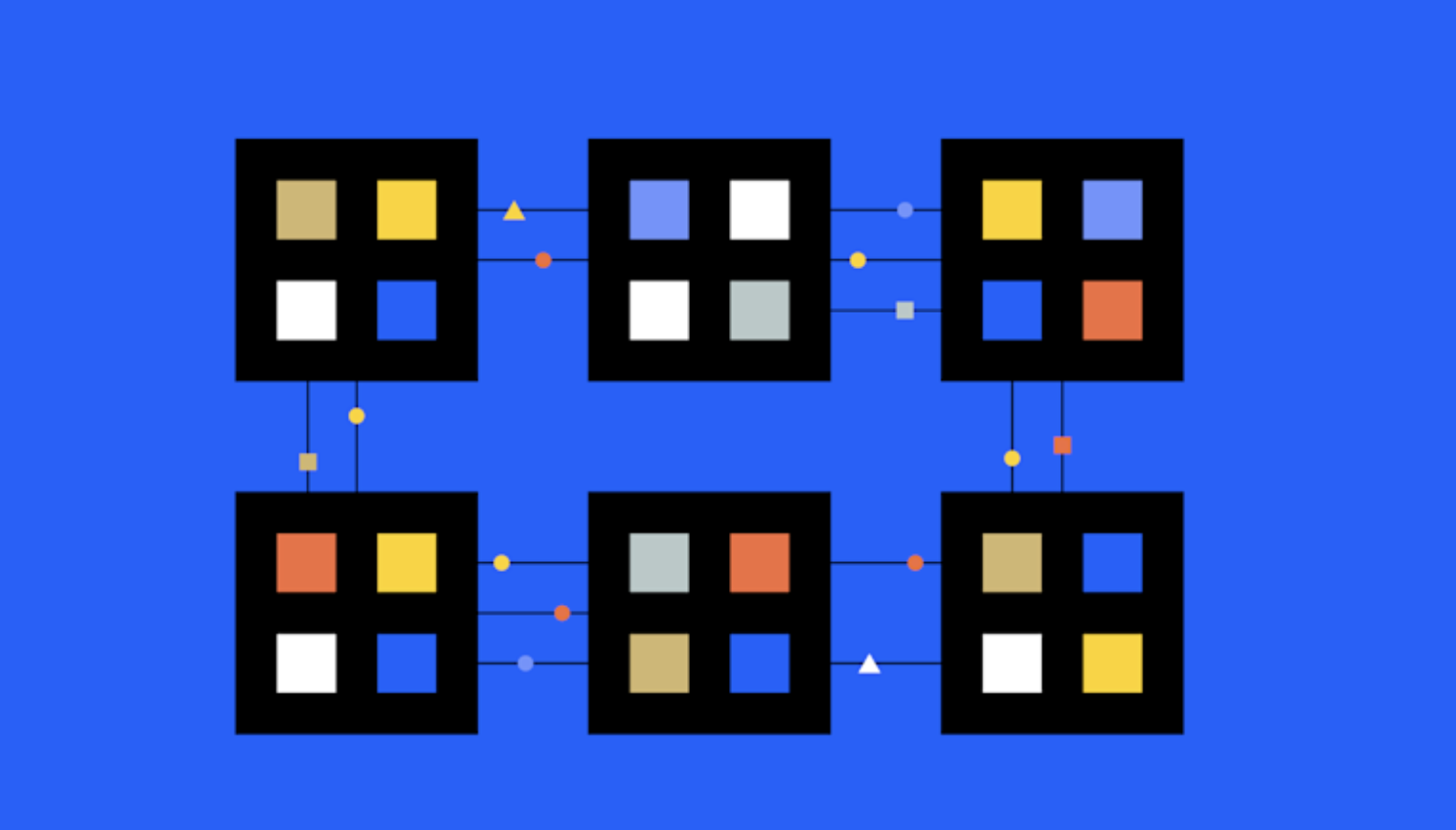
Cryptocurrencies like Bitcoin and Ethereum are powered by a technology called "blockchain." Essentially, a blockchain is a list of transactions that anyone can view and verify. For example, the Bitcoin blockchain contains a record of every time someone sends or receives Bitcoin. Cryptocurrencies and the blockchain technology that supports them make it possible to transfer value online without intermediaries like banks or credit card companies.
Imagine having a global, open alternative to all the financial services you use today, accessible with just a smartphone and an internet connection.
The list of transactions contained in the blockchain is crucial for most cryptocurrencies because it enables payments between strangers without requiring a third-party verifier like a bank.
Blockchain technology is also exciting because it has many uses beyond cryptocurrencies. It's being explored for medical research, improving medical record sharing, streamlining supply chains, enhancing online privacy, and more.
What are the advantages of blockchain?
Global: Cryptocurrencies can be sent anywhere in the world.
Open: Because every transaction on a cryptocurrency network is published publicly as a blockchain, anyone can scrutinize it. This leaves no room for transaction manipulation, changes to the money supply, or mid-process rule adjustments. The software at the heart of Bitcoin is free and open-source, so anyone can review the code.
Key Questions
What is blockchain's main advantage over the old financial system?
Consider how much of your financial life—from shopping to investing—happens online and how each of those transactions requires a middleman like a bank, credit card company, or PayPal. Blockchain enables these transactions to occur without intermediaries and without the added costs and complexities they bring.
Is Bitcoin a blockchain?
Bitcoin is a digital currency. The underlying technology that makes it possible is blockchain.
How many blockchains are there?
There are thousands, from those supporting Bitcoin, Litecoin, Tezos, and countless other digital currencies to an increasing number unrelated to digital currencies.
How does blockchain work?
Imagine a chain used as a boat anchor. But in this case, each link in the chain is a block of information containing transaction data. At the top of the chain, you can see what happened today, and as you go down the chain, you see older transactions. If you follow it all the way to the anchor at the bottom of the harbor? You'll see every transaction in that cryptocurrency's history. This gives blockchain a powerful security advantage: it's an open and transparent record of a cryptocurrency's entire history. If someone tries to manipulate a transaction, it would break a link, and the entire network would see what happened. That, in short, is blockchain explained.
Another way people often describe blockchain is as a ledger (sometimes referred to as a "distributed ledger" or "immutable ledger"), similar to a bank's balance sheet. Like a bank's ledger, blockchain tracks all the money moving in, out, and through the network.
But unlike a bank's books, a cryptocurrency blockchain isn't maintained by any individual or organization—including banks and governments. In fact, it's not centralized at all. Instead, it's maintained by a large peer-to-peer network of computers running open-source software. The network continuously checks and secures the blockchain's accuracy.
Where do new cryptocurrencies come from? At regular intervals (in Bitcoin's case, roughly every ten minutes), a new block of transactions is added to the existing chain. To incentivize participants to contribute their computing power to maintain the blockchain, the network rewards them with small amounts of digital currency.
A cryptocurrency blockchain is distributed across the entire network of the digital currency. No company, country, or third party controls it—anyone can participate.
















